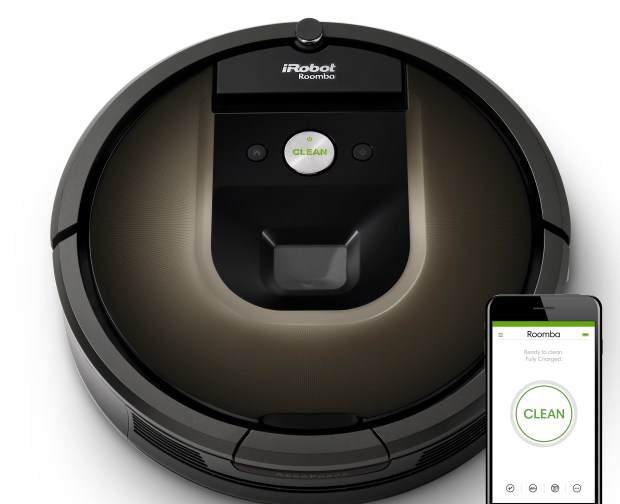iRobot Announces Alexa Integration, Mapping Advancements For Roomba

iRobot is ready to take the Roomba vacuum to the next level, announcing that it is working toward Alexa voice integration, as well as making advancements to its mapping system that will lead to future smart home upgrades.
“Roombas are already becoming one of the commonly found connected devices in the home,” CEO Colin Angle told TechCrunch. “The popularity of the Roomba has made it a very powerful ambassador for connected devices, but its ability to organize physical information in the home is making it a central player in allowing homes to be more intelligent. You need to be aware of where things are in order to have a home do the right thing without programming it.”
While the Alexa integration isn’t imminent, users will eventually be able to use their Amazon Echo to give the 900 connected series Roomba cleaning orders. The Clean Map function, however, will be available first, utilizing the 900’s navigational functions to show users exactly where the unit has cleaned and where it spends the majority of its time, “mapping” out the home’s messiest areas.
But the end goal is to make the Roomba more than just a cleaning device: Angle said it could potentially serve as a mobile hub to help connected home software decipher what is located in each room and build actions based around that understanding.
“The challenge right now with smart home and connected devices is that they’re too hard to use,” explained Angle. “There’s wonderful voice interfaces like the ones from Amazon and Google that allow you to talk to your home and have your home understand the words that you say. But if the house doesn’t know where the kitchen is, what’s the use in saying, ‘Turn on the lights in the kitchen’? You can program your light to be the kitchen light, but your average consumer doesn’t want to program. Typically there’s a really poor track record of wanting to program these things.”
While the company is continuously improving the Roomba’s performance, Angle noted that the earliest that kind of smart home technology will arrive is in the “single-digit years.”
